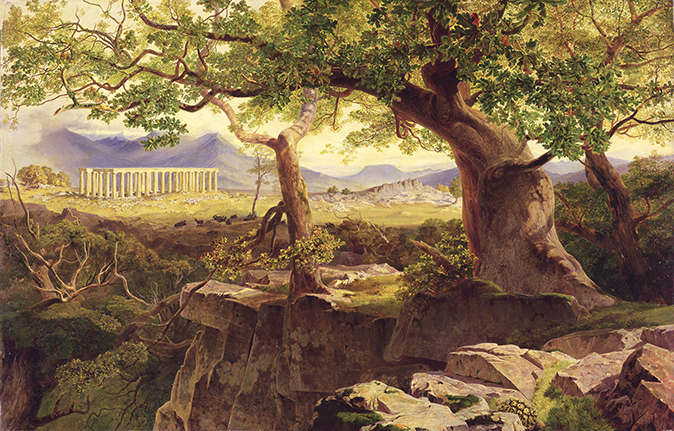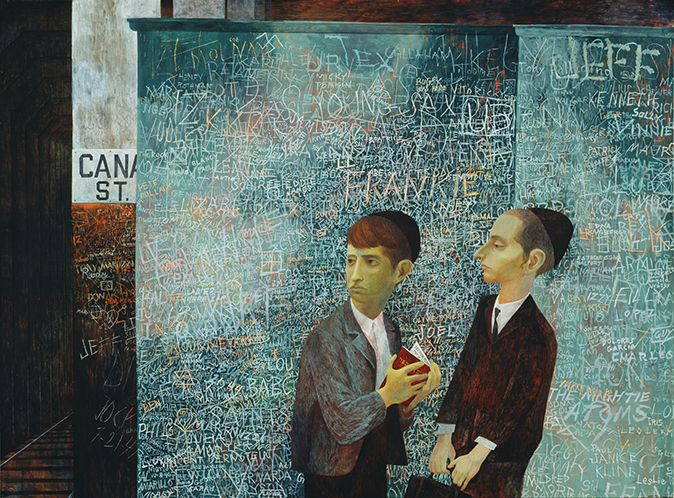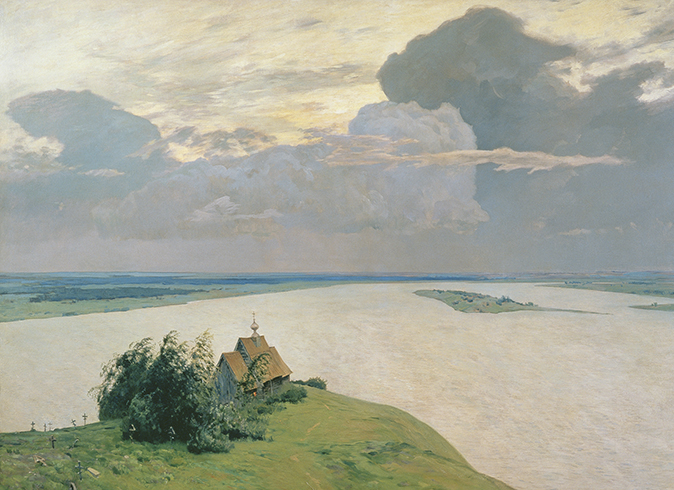My favourite painting: Martyn Rix
'I remembered this painting when planning to go to the Peloponnese in March. We went to see the temple and hoped to find Lear’s view'


The Temple of Apollo at Bassae, 1854– 55, by Edward Lear (1812–88), 4¾ft by 7½ft, Fitzwilliam Museum, Cambridge
Martin Rix says: Edward Lear’s watercolours of the East are very atmospheric, especially when they combine a group of nomads or camels with a view of distant mountains. He painted many famous sites when they were wild and abandoned and I remembered this painting when planning to go to the Peloponnese in March. We went to see the temple and hoped to find Lear’s view. The ancient oak forests are still there as you approach the site, their branches covered with ferns, and, here, the tree is faithfully painted. It is high and cold for Greece and this comes over in the painting, which must have been sketched in late autumn after the grass had begun to grow. Alas, the temple is still undergoing restoration and is covered with a huge plastic tent that has been there for almost 30 years.
Martyn Rix is a botanist, plant collector, gardener and editor of Curtis’s Botanical Magazine. His new book, Flora Japonica, will be published in September to coincide with an exhibition at the Shirley Sherwood Gallery in Kew.
John McEwen comments on The Temple of Apollo at Bassae: That Lear was first and foremost a landscape painter is honoured by the inscription on his headstone in the Foce cemetery, San Remo, in Italy: lines taken from his friend Tennyson’s poem, To E.L., on His Travels in Greece:
All things fair With such a pencil, such a pen, You shadow forth to distant men, I read and felt that I was there.
Lear was his parents’ 21st child. his father was Master of the Fruiterers Company, but made bad investments. As today, Londoners found value for money by moving out. Lear was born in the then country village of Holloway.
When his father was imprisoned for debt, he was assigned, at the age of four, to his spinster sister Ann, 21 years his senior, who mothered him until her death when Lear was almost 50. She gave him a feminine schooling: drawing, recitation, music. All his life, he was cursed with short sight and twice-weekly epileptic fits.
Sign up for the Country Life Newsletter
Exquisite houses, the beauty of Nature, and how to get the most from your life, straight to your inbox.
From 15, he was a professional botanical and zoological artist. It was when documenting Lord Derby’s menagerie at Knowsley that he wrote A Book of Nonsense for the Earl’s children. A visit to the Lake District inspired him to concentrate on landscape painting— a solitary, outdoor occupation that hid his epilepsy and suited his shy, romantic nature. He travelled widely, from Europe to Sri Lanka, finally settling in San Remo.
Lear first visited Bassae, most remote of ancient Greek ruins, in March 1849: ‘I never saw so beautiful a landscape as it forms part of.’ His on-the-spot watercolour-tinted drawings were sometimes reworked later in the studio as oil paintings, as was this view.

My favourite painting: Peter Blake
'It was exciting to find a fellow artist working on similar themes to what I was doing.'

My favourite painting: Theresa Tollemache
'For me, it’s a very spiritual picture, rather melancholic.'
Country Life is unlike any other magazine: the only glossy weekly on the newsstand and the only magazine that has been guest-edited by HRH The King not once, but twice. It is a celebration of modern rural life and all its diverse joys and pleasures — that was first published in Queen Victoria's Diamond Jubilee year. Our eclectic mixture of witty and informative content — from the most up-to-date property news and commentary and a coveted glimpse inside some of the UK's best houses and gardens, to gardening, the arts and interior design, written by experts in their field — still cannot be found in print or online, anywhere else.
-
 380 acres and 90 bedrooms on the £25m private island being sold by one of Britain's top music producers
380 acres and 90 bedrooms on the £25m private island being sold by one of Britain's top music producersStormzy, Rihanna and the Rolling Stones are just a part of the story at Osea Island, a dot on the map in the seas off Essex.
By Lotte Brundle
-
 'A delicious chance to step back in time and bask in the best of Britain': An insider's guide to The Season
'A delicious chance to step back in time and bask in the best of Britain': An insider's guide to The SeasonHere's how to navigate this summer's top events in style, from those who know best.
By Madeleine Silver
-
 'As a child I wanted to snuggle up with the dogs and be part of it': Alexia Robinson chooses her favourite painting
'As a child I wanted to snuggle up with the dogs and be part of it': Alexia Robinson chooses her favourite paintingAlexia Robinson, founder of Love British Food, chooses an Edwin Landseer classic.
By Charlotte Mullins
-
 The Pre-Raphaelite painter who swapped 'willowy, nubile women' for stained glass — and created some of the best examples in Britain
The Pre-Raphaelite painter who swapped 'willowy, nubile women' for stained glass — and created some of the best examples in BritainThe painter Edward Burne-Jones turned from paint to glass for much of his career. James Hughes, director of the Victorian Society, chooses a glass masterpiece by Burne-Jones as his favourite 'painting'.
By Charlotte Mullins
-
 'I can’t look away. I’m captivated': The painter who takes years over each portrait, with the only guarantee being that it won't look like the subject
'I can’t look away. I’m captivated': The painter who takes years over each portrait, with the only guarantee being that it won't look like the subjectFor Country Life's My Favourite Painting slot, the writer Emily Howes chooses a work by a daring and challenging artist: Frank Auerbach.
By Toby Keel
-
 My Favourite Painting: Rob Houchen
My Favourite Painting: Rob HouchenThe actor Rob Houchen chooses a bold and challenging Egon Schiele work.
By Charlotte Mullins
-
 My Favourite Painting: Jeremy Clarkson
My Favourite Painting: Jeremy Clarkson'That's why this is my favourite painting. Because it invites you to imagine'
By Charlotte Mullins
-
 The chair of the National Gallery names his favourite from among the 2,300 masterpieces — and it will come as a bit of a shock
The chair of the National Gallery names his favourite from among the 2,300 masterpieces — and it will come as a bit of a shockAs the National Gallery turns 200, the chair of its board of trustees, John Booth, chooses his favourite painting.
By Toby Keel
-
 'A wonderful reminder of what the countryside could and should be': The 200-year-old watercolour of a world fast disappearing
'A wonderful reminder of what the countryside could and should be': The 200-year-old watercolour of a world fast disappearingChristopher Price of the Rare Breed Survival Trust on the bucolic beauty of The Magic Apple Tree by Samuel Palmer, which he nominates as his favourite painting.
By Charlotte Mullins
-
 My favourite painting: Andrew Graham-Dixon
My favourite painting: Andrew Graham-Dixon'Lesson Number One: it’s the pictures that baffle and tantalise you that stay in the mind forever .'
By Country Life